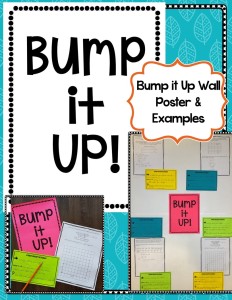
Have you ever watched a big buddy and little buddy work together? If you’ve ever had the opportunity to observe a conversation between book buddies or learning buddies, you’ve had the privilege of witnessing something pretty magical.
Most educators might place emphasis on the younger student coming away with the majority of learning in the relationship, but I would argue that the older student often benefits more from the pairing. Being a mentor can offer so many lessons to the older student, including how to be a good role model, developing necessary empathy and self-regulation skills and overall confidence in developing leadership skills. These self-development skills are crucial for young learners in the process of developing a strong sense of self and these skills have the opportunity to flourish, somewhat effortlessly, in a book buddy/learning buddy relationship.
Younger students also benefit immensely from the one on one support an older buddy provides and they have the opportunity to practice and reinforce a variety of reading, writing and math skills. I’ve had the chance to work as a primary teacher and now as a middle school teacher and have seen the great benefits the buddy relationship can offer students of all ages. Finding time in your schedule for learning buddies, whether it be one a week or once a month, is time well spent! Below are some activities I use in my classroom for learning buddy time!
- Reading: Reading some favorite books is always a wonderful activity for big buddy/little buddy time! If you’d like to take it a step further, provide older buddies with a list of comprehension questions to ask their little buddy once they are finished reading. (e.g., What was your favorite part in the book?, What would you rate the book from a scale of 1-5? What was the main problem in the story and how did the characters resolve it?)
- Get to Know You: Have Learning Buddies complete a get to know you activity. This is a great way to break the ice and get students talking to one another! I love this buddy book resource by Create Dream Explore. It has lots of opportunities to draw for emergent writers and older buddies can assist with any writing that is needed. It is a great keepsake for students to hold on to as a memory of their learning buddy too!
- Crafts: Have buddies work on seasonal crafts together. I love having my older students work on crafts with their younger buddies. Often older students feel they are too old for self-made Christmas ornaments, so getting them to assist their buddies to make one is a great way to still have them participate in a seasonal activity!
- Coding Projects: Why not have an older buddy pair with a younger buddy for some one on one technology time. Having older students teach coding to younger buddies is a great way to introduce younger students to computer science and older students get to reinforce their skills. CS-First is a great program to get you started. It takes students through step by step video tutorials that teaches them how to write code using Scratch programming. Older students can help younger students write stories, make games or logos through the program. Check out the Coding with my Buddy Book I use to take my buddies through a coding project.
- Outside Activities: Have students get outside together! My Kindergarten buddy partner likes to plan nature walks as part of her STEM science program. She has older buddies assist younger students with making scientific observations and answering science questions on a clipboard. Playing co-operative games outside is also a great way for older students to teach younger students the many playground games that they have learned throughout the years. Younger buddies can then play these newly learned games at recess throughout the day!











